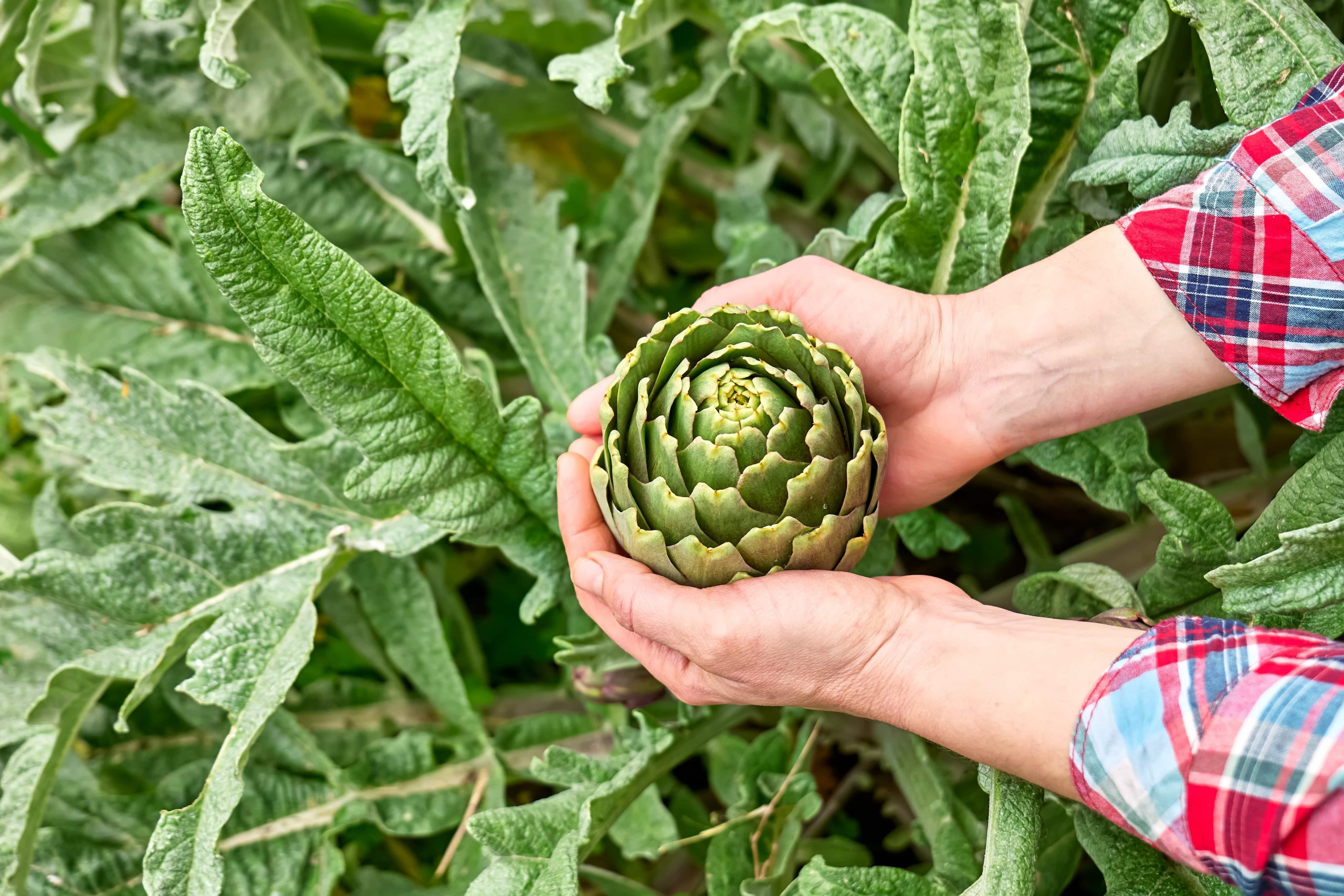Demonstration Gardening is an educational delivery method for Extension horticulture programming that provides opportunities to engage multiple audiences within several horticultural learning goals. Studies show that workshops that combine a traditional classroom experience with a visit to a demonstration site have higher rates of learning and attitude change than a workshop alone (Harmon & Jones, 1997).
Agents use gardens as an educational delivery method for many horticultural principles and practices. These include food production techniques, design and plant selection for water conservation, and plant selection for site conditions. Audiences most often served by this delivery method include homeowners, Master Gardeners, and youth. These audiences are also the most likely to benefit from demonstration gardens’ educational effectiveness (Price, 1986; Hamilton & DeMarrais, 2001).
What is Demonstration Gardening?
A demonstration garden is an outdoor garden planting designed and maintained under the supervision of a horticulture Extension agent for the purpose of teaching horticultural principles and practices. It may be a single bed planted with one theme or a series of gardens designed to teach about many different ideas or practices. It may also be a school garden or community garden.
Among the uses of demonstration gardens are the popular children’s gardens where kids can grow seeds or starts, and many university and community efforts whose aim is outreach. These experimental plots can be used to solve hunger problems, improve growing practices, preserve diminished species, find natural medicines, develop sustainable and low maintenance gardening, and many more.
These gardens typically include a wide range of plants from around the world, including natives that are specifically selected for a specific area and climate. They also usually feature a variety of landscape features, such as flower beds, raised vegetable beds, composting areas, and more.
The Covington Water District Waterwise Demonstration Garden showcases NW native plants, providing visitors with information and techniques to achieve a healthy, water-efficient landscape. This 1.75 acre garden has several model gardens with interpretive signage to further explain the plants and strategies used.
This small garden located at El Centro de la Raza, 2524 16th Avenue S in Seattle, serves to educate the diverse local community, including students from Jose Marti Child Development Center and Luis Alfonso Velasquez After School Program. It features raised vegetable beds, a kitchen herb garden, a greenhouse for seed starting, berry and fruit trees, and a rain garden.
Other garden uses are related to enhancing non-formal education, such as classes and workshops. Ninety-seven percent of agents reported using at least one practice, technique, or feature aimed at facilitating self-directed learning in their garden.
What are the challenges to choosing demonstration gardens as an educational delivery method?
Challenges of utilizing demonstration gardens as an educational delivery method for Extension horticulture programs include limited time and funding, limited volunteer support, and challenges associated with the availability of garden space. However, if agents can overcome these obstacles and maintain a successful demonstration garden, the benefits of this approach are many.
